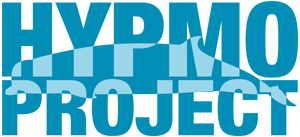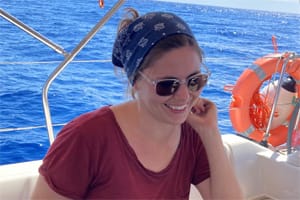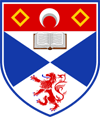Hyperoodon Movements in the Northeast Atlantic
HYPMO is a University of Iceland research project on the movement ecology of the elusive northern bottlenose whale, Hyperoodon ampullatus, and its vulnerability to noise exposure.
Hyperoodon Movements in the Northeast Atlantic
HYPMO is a University of Iceland research project on the movement ecology of the elusive northern bottlenose whale, Hyperoodon ampullatus, and its vulnerability to noise exposure.

HYPMO studies northern bottlenose whales in the Northeast Atlantic to aid in their conservation.
When it comes to cetaceans (whales, dolphins and porpoises), beaked whales are some of the least understood because of their extreme diving, sparse distribution and deep water habitat. The northern bottlenose whale is the most abundant beaked whale in high-latitude waters. Like other beaked whales, this species appears to be very sensitive to noise produced by sources such as naval sonar and seismic airgun arrays. HYPMO addresses this lack of knowledge by studying the movement ecology (when, where, why and which animals move) of northern bottlenose whales and their vulnerability to exposure to man-made noise.
HYPMO is supported by the RANNÍS Icelandic Research Fund and RANNÍS Infrastructure Fund, with additional support from the University of Iceland and University of St Andrews.

Key Research Areas
Our current research covers three main topics:
Movement at the population level
Individual behaviour and habitat use
Risk of anthropogenic noise
Our Team at University of Iceland


Barbara Neubarth. Babsi has many years of experience in whale watching, expedition cruises and cetacean research in the field and behind the desk. She is an expert on citizen science and has a MSc in Coastal and Marine Management from the University Centre of the Westfjords in Iceland. Babsi wrote her master´s thesis on bottlenose whale diving behaviour and was heavily involved in setting up the first photo id catalogue of the project.

Caroline Haas. Behavioural biologist and bioacoustician. Caroline is conducting her doctoral studies on the acoustic behaviour of northern bottlenose whales for which she uses data from long-term deep-water recorders, dipping hydrophones and animal-attached acoustic tags (DTAGs). Her project is a joint PhD in collaboration with the University of St Andrews’ School of Biology, where she is supervised by Profs Patrick Miller and Sascha Hooker.
Several student completed their thesis project within HYPMO:
- Hólmfríður Jakobsdóttir. BSc Biology, University of Iceland.
- Michelle Dutro. MSc Coastal and Marine Management, University Centre of the Westfjords.
- Patrick Kagerer. International Master of Bioacoustics, University of Saint-Étienne.
- Simon Niessen. MSc Freshwater and Marine Biology, University of Amsterdam.
Just want to know the latest?
Research Partners
Institutions that are formally involved in the project.

University of Iceland
We are part of the University of Iceland's Institute of Life and Environmental Sciences and Institute of Research Centres, which are home to wide-ranging expertise on marine biology. We most often collaborate with Prof Jörundur Svavarsson and Dr Filipa Samarra at these institutes.

Marine and Freshwater Research Institute
The Whale Research group of the Marine and Freshwater Research Institute provides us information on the distribution and ecology of northern bottlenose whales from strandings and sighting surveys, and the Oceanography group facilitates the deployment our bottom-moored acoustic recorders.

University of St Andrews
HYPMO crucially builds upon ONR and SERDP-funded research conducted near Jan Mayen in 2013-2016 by the Sea Mammal Research Unit and its partners. Prof Patrick Miller and his lab contribute to our project in several ways including with existing data, specialised equipment, and support and training in field methods and analyses.

Instituto do Mar
Dr Mónica Silva and the other members of the Azores Whale Lab over at IMAR provide logistical support during our fieldwork in the Azores archipelago, information about distribution patterns, and local knowledge of the area.







